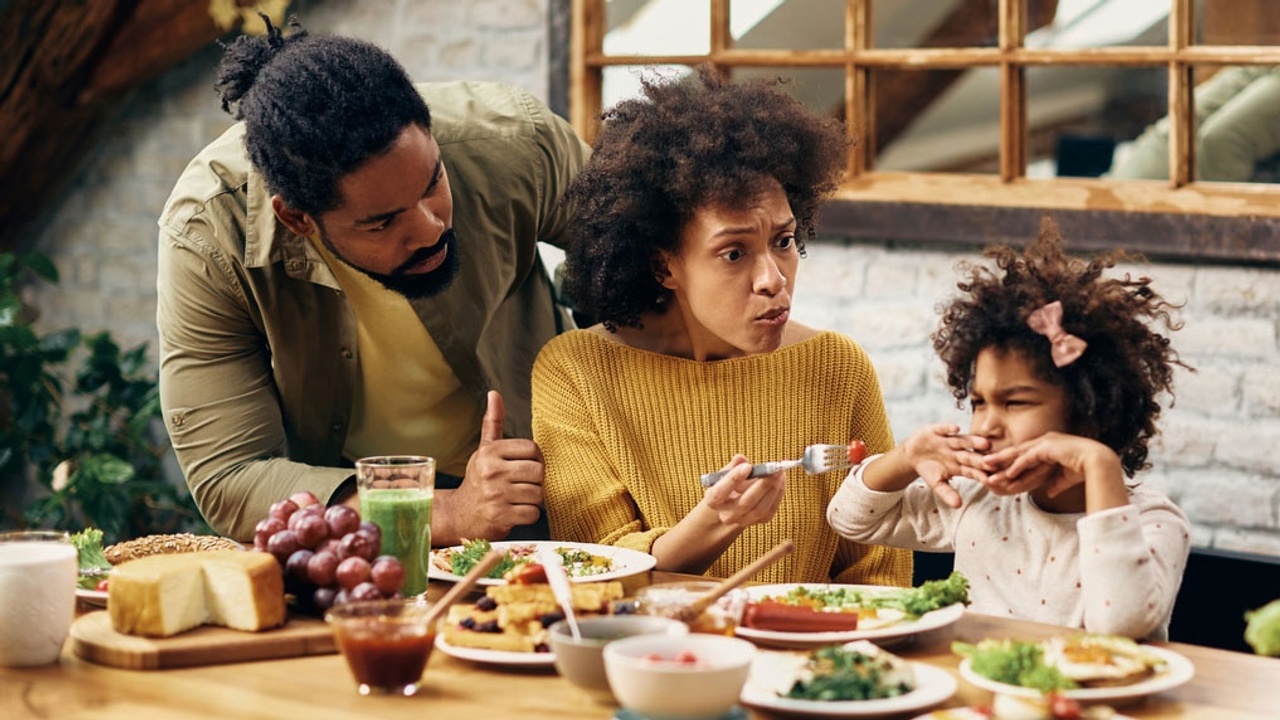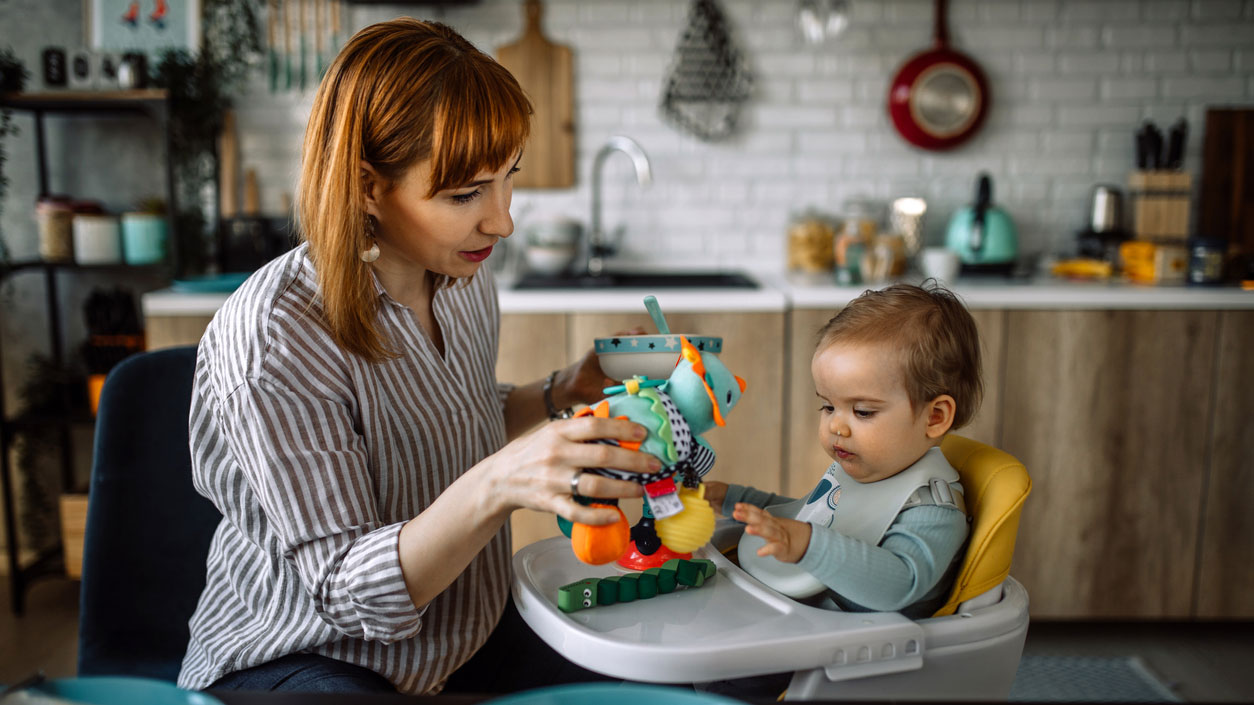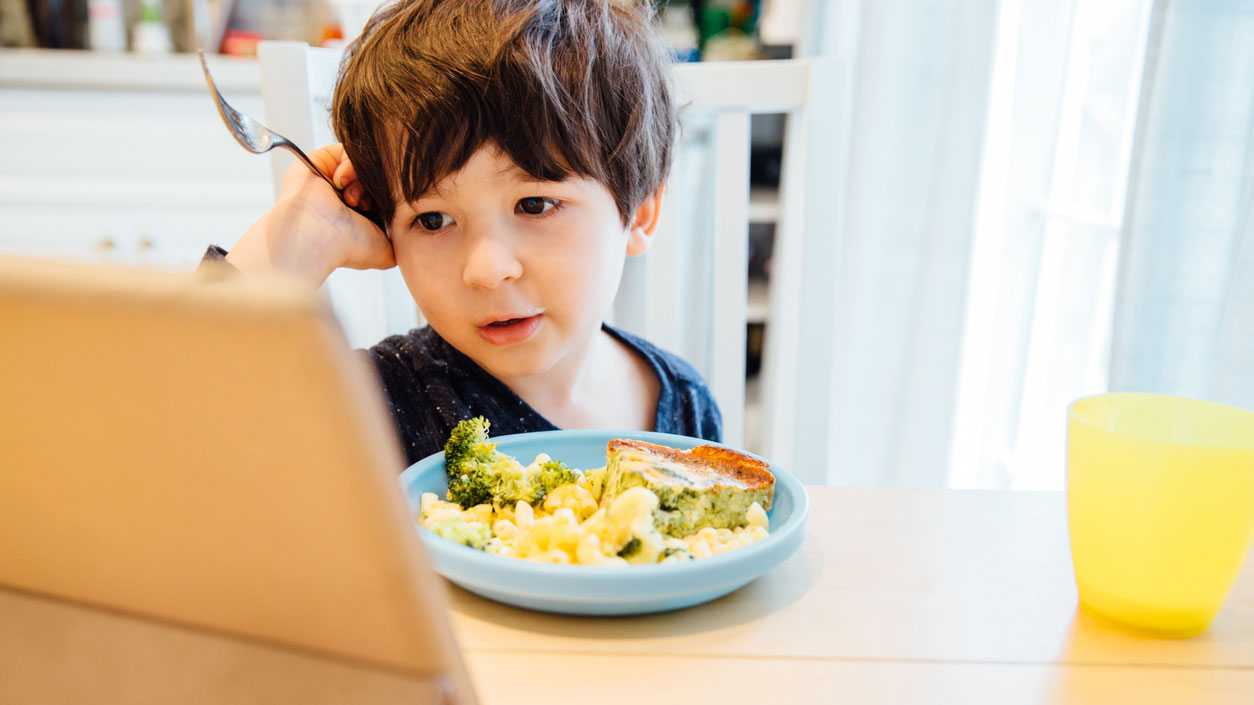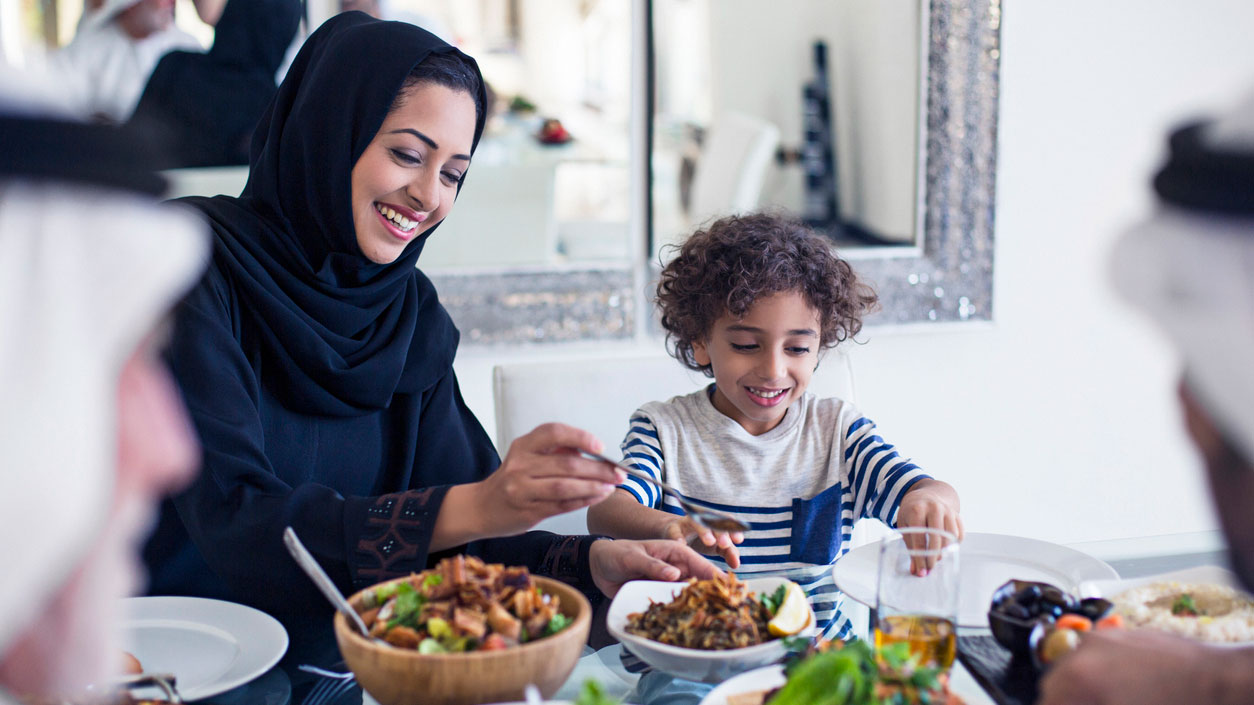
"Wanna Do Lunch?” - We Need to Change the Mealtime Conversation
Imagine this: You and I go out for lunch. I order a soup and sandwich, and you order pasta and a salad. From the minute our food arrives, I start saying, “Are you going to take a bite of your pasta?”, “You haven’t eaten any of your salad.” or “Isn’t your pasta yummy? yummy…yummy! Take another bite!” Imagine if I did…you likely wouldn’t "wanna do lunch” with me again.
As adults we wouldn’t dream of doing this! If we have lunch with friends or family members, we might talk about our kids, work, or upcoming travel plans. So why do we do pester kids about their food during mealtimes? No wonder they sometimes don’t want to join us for a meal.

Conversations during mealtimes might involve a few comments about the taste or appearance of what we are eating but shouldn’t involve pressure to eat the food. As I’ve mentioned in several previous blogs, the research has taught us that introducing pressure at mealtimes is stressful for kids and reduces versus increases their willingness to eat and try new foods. It doesn't work.
Pressure comes in many shapes and sizes:
- Prompting - “Take another bite”
- Praising - “Good job eating all your carrots!”
- Bribing - “If you eat your broccoli, you can have a cookie.”
- Threatening - “If you don’t try the chicken, you’re not having the iPad.”
- Distracting - "Look at this toy!"
- Coercing (which I call overselling) - “Yumm….these noodles are soooo delicious!!!!).

In my daily practice, I encourage parents to start talking about other topics than food and eating and they report significant improvements at mealtimes. I coach them to start talking to their child about things that are interesting to their child.
- Friends they played with at school
- Favourite Paw Patrol characters
- Cars and trucks spotted on a walk to the park
- Facts about sharks
Not only are these topics interesting to your child, but they are also rich in speech and language development opportunities, and best of all, changing the narrative removes pressure to eat.
Many of the children and families that I work with report the need to use distractions during mealtimes to keep their child seated and eating. The problem with distractions is that kids zone-out and lose their ability to regulate their feelings of hunger and satiety. We want children to eat mindfully and be present and engaged in their mealtime experience. When kids are playing with toys or looking at a screen, they miss opportunities to learn about new foods, socialize, and communicate. Click here for a link to my blog with tips to help reduce mealtime distractions.

I suggest conversation as the new mealtime distraction
...and I speak from personal experience.
When my son Thomas was a little guy, he had feeding issues associated with a history of gastroesophageal reflux, medical issues, and sensory processing disorder. Mealtimes were very challenging, and he wasn’t growing well. I tried distracting him with TV shows and would dance around the kitchen trying to encourage him to open his mouth. As many parents know, this only works for so long.
So, I stopped the merry dance, sat down, and started talking to Thomas. He was only about 16-months-old and didn’t have much expressive language (only 2-3 words), so it was very much a one-way conversation. But it worked. I would sit with Thomas and eat my lunch at the same time as him. I removed any toys, books, and screens and just talked to him. I chatted away about his visit with his cousin and all the toys they had played with that morning. I talked about the fact that dinosaurs have big sharp teeth. I talked about trains and the noises they make “Chooooo….choooo!”, I talked about going to the park after lunch and riding in his wagon…and guess what…Thomas started eating. He would listen intently as I rambled on about topics that were interesting to him, and while he listened and responded excitedly with “yeah!" or a little nod or smile, he ate his food.
Thomas had my full, undivided attention and I was not pressuring him to eat. I ate alongside him and modelled enjoyment of my own food. We were engaged in conversation and sharing food.
He started to "wanna do lunch” with me again :)
I recently attended a fascinating webinar with Dr. David McFarland, who is a Speech-Language Pathologist and Professor at the Université de Montréal and McGill University. His research focuses on neurophysiological bases of speech and swallowing function. Dr. McFarland and his colleagues have been studying the relationship between feeding difficulties and language delay in children. They have collected recent theoretical and clinical research data suggesting potentially important associations between pediatric feeding-swallowing difficulties and developmental language disorder. The researchers are considering the possibility that earlier occurring feeding-swallowing difficulties might signal later language impairments.
The researchers are only able to speculate as to the possible explanations of why children with language impairment might have a history of earlier occurring feeding challenges. One possible explanation is that difficulties in feeding-swallowing, including food selectivity, may negatively influence language development perhaps by impacting language stimulation and interaction (Fabrizi et al., 2010). Other research has demonstrated that mealtime interactions are an important source of caregiver-child language stimulation and social interaction (Dunham & Dunham, 1990; Reyna et al., 2012; Spegman & Houck, 2005). Other contributing factors may involve motor impairment or underlying issues with executive functioning.
Having worked with children and families during mealtimes for over two decades, I found Dr. McFarland’s talk and research insightful and logical. If evidence is demonstrating that children with feeding disorders are more likely to demonstrate language delays, I believe more than ever, that it’s important that caregivers provide positive, language-rich opportunities during mealtimes. If a child feels pressured during mealtimes, anxiety will increase. If children feel anxious, they enter fight-or-flight mode, making learning difficult or even impossible.

By changing the narrative and talking about other topics, rather than food and eating, we provide language learning opportunities. Through mealtime conversation, we can open our child’s brain to learning words, turn-taking, and new concepts. Mealtime chats can help children recall past and envision future events.
Language learning opportunities are endless and available to children several times each day, as they come together with family to eat, share, and talk.

Other studies have found that boosting the frequency of parent-child talk about abstract, non-present concepts (also called decontextualized language) led to an increase in conversational turn-taking during home mealtimes several weeks later (Leech, K., & Rowe, M., 2021). The researchers defined decontextualized language to include references to past events, future events, explanations, open-ended questions, connections between the present and non-present, and talk about scripts or routines. They concluded that encouraging parents to incorporate decontextualized language into their everyday conversations with children leads to conversations that are longer and more sustained. Specifically, the study showed the quantity of turn-taking and diversity of vocabulary increased during home mealtimes among families who received information about the importance of decontextualized language (a.k.a. conversation during mealtimes).
How to Use Decontextualized Language During Mealtimes:
- Connections: “Do you like this music or the song that Grandma plays at her house?”
- Past Events: “You went so fast down the slide at the park today!”
- Explanations: “The dog can’t come in the kitchen because we are eating dinner.”
- Future Events: “I wonder what craft you will make at school tomorrow.”
- Open-Ended Questions: “What is your favourite sea animal?”
- Scripts: “After dinner we will take a bath, then read two stories before bed.”
- Other: Any other utterance that refers to the non-present: “Sharks are fast swimmers!”
I encourage you to consider the importance of conversation during family mealtimes. Food is love. Mealtimes are a time to come together, share, and socialize. If children trust that coming to the table is a place to learn, talk, and have your full attention, they will develop positive relationships around food and eating. They will "wanna do lunch” again and again.
References
Fabrizi, A., Costa, A., Lucarelli, L., & Patruno, E. (2010). Comorbidity in specific language disorders and early feeding disorders: Mother-child interactive patterns. Eating and Weight Disorders, 15(3), e152-e160. Retrieved from https://pubmed.ncbi.nlm.nih.gov/21150250/
Dunham, P., & Dunham, F. (1990). Effects of mother-infant social interactions on infants' subsequent contingency task performance. Child Development, 61(3), 785-793. Retrieved from http://www.ncbi.nlm.nih.gov/pubmed/2364753
Kathy Malas, Natacha Trudeau, Miguel Chagnon, David H McFarland (2015). Feeding–swallowing difficulties in children later diagnosed with language impairment. Developmental Medicine and Child Neurology. Retrieved from https://pubmed.ncbi.nlm.nih.gov/25809143/
Leech, K., & Rowe, Meredith (2021). An intervention to increase conversational turns between parents and young children. Cambridge University Press, Journal of Child Language. Retrieved from https://pubmed.ncbi.nlm.nih.gov/32498745/

